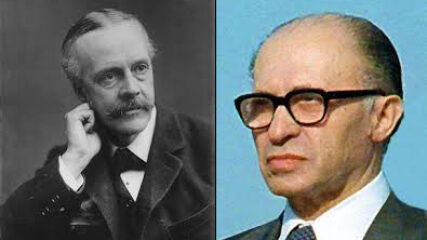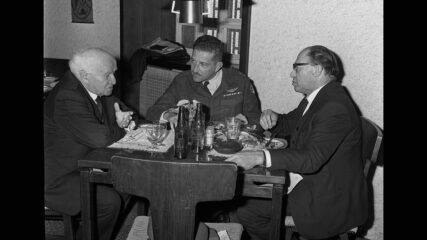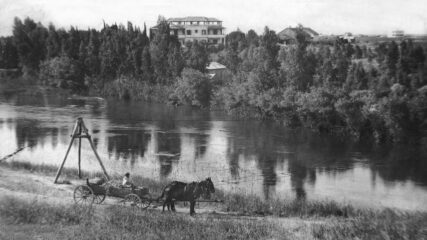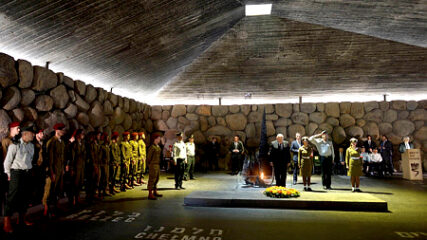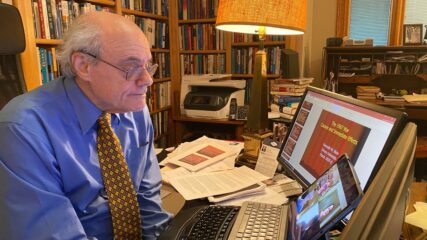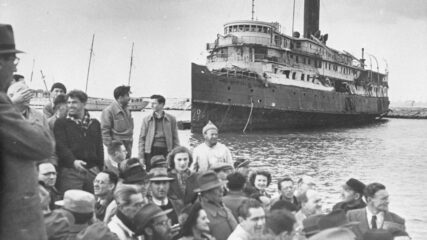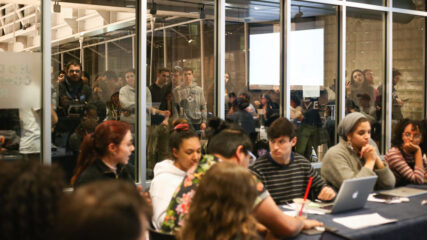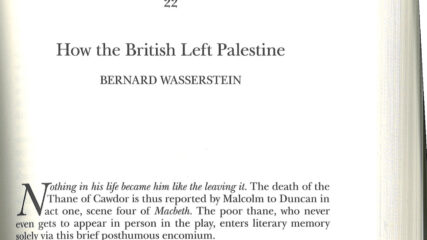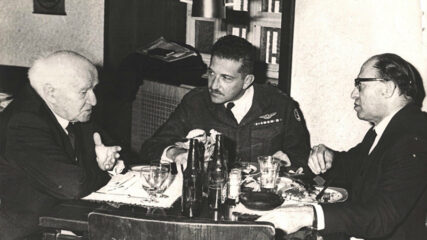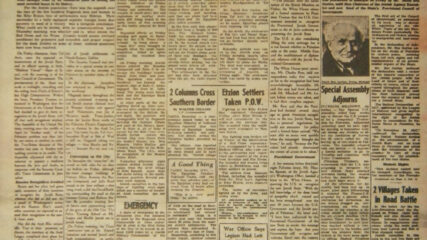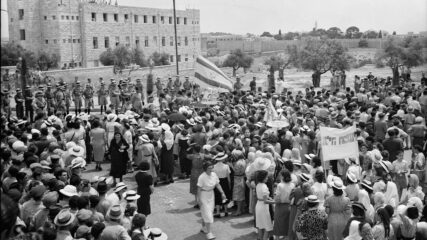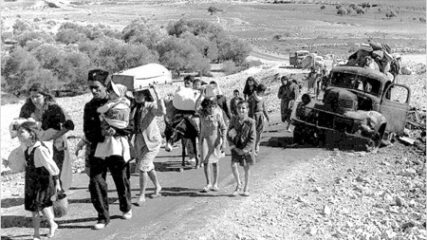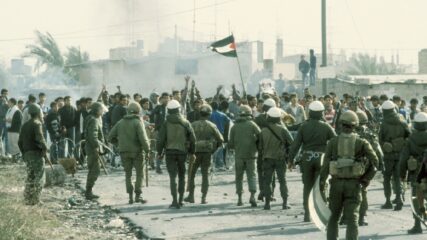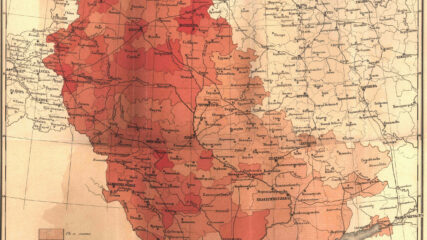Veterans of the Jewish Resistance in France participated in the rescue of tens of thousands of Jews during WWII. They provided emissaries from the Land of Israel with vital infrastructure for clandestine Zionist activities in France, including money, manpower, forged documents, accommodation, and contacts among the French authorities. In July-August 1947, they were significantly involved in the dramatic story of the Exodus 1947, the ship full of Holocaust survivors turned back by the British. It is regrettable that their contribution to the creation of the State of Israel is almost entirely absent from the collective memory.

